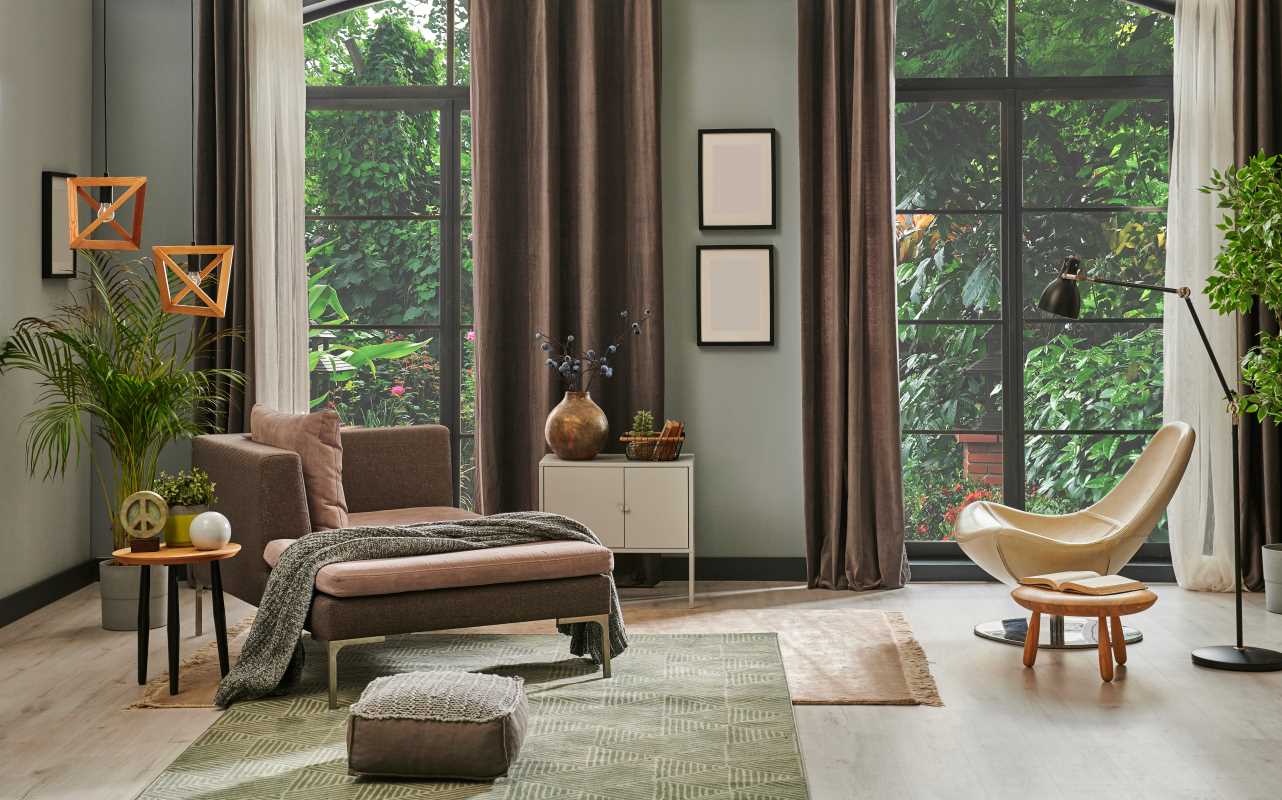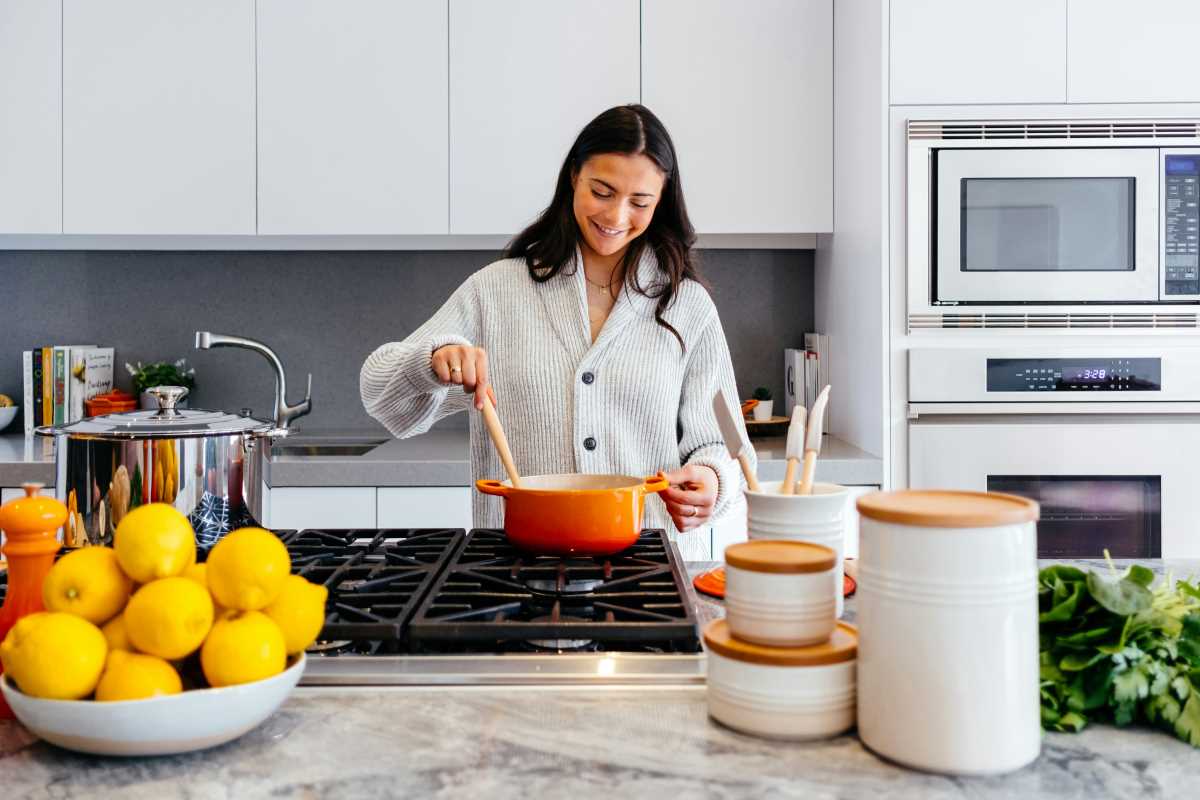Creating a space that brings peace and tranquility is essential for our overall well-being. Our homes are our sanctuaries, and the environment within them can significantly influence our mental health.
The Importance of a Soothing Home Environment
A soothing home environment acts as a buffer against the stresses of daily life. When our living spaces are calm and organized, they provide a sense of stability and comfort, which is crucial for maintaining mental health. Cluttered and chaotic spaces can lead to feelings of overwhelm and anxiety, making it difficult to relax and recharge.
Moreover, a peaceful home environment fosters better sleep, enhances focus, and promotes positive interactions among household members. By prioritizing a serene atmosphere, individuals can create a supportive backdrop that nurtures emotional well-being and resilience against life's challenges.
Key Design Elements for Calmness
- Neutral Color Palette: Soft hues like blues, greens, and grays can create a calming effect.
- Natural Light: Maximizing sunlight helps improve mood and energy levels.
- Minimalist Decor: Simple and uncluttered spaces reduce distractions and promote clarity.
- Comfortable Textiles: Plush cushions, cozy throws, and soft rugs add warmth and comfort.
- Greenery: Incorporating plants brings life and freshness into the home.
- Personal Touches: Items that hold personal significance can make the space feel more inviting.
Room-by-Room Strategies
Each room in the home serves a different purpose, and tailoring design elements to these functions can enhance their calming effects. In the living room, opt for furniture that encourages relaxation, such as a comfortable sofa or a reclining chair. Use soft lighting options like lamps and candles instead of harsh overhead lights to create a cozy ambiance.
The bedroom should be a retreat for rest and rejuvenation. Invest in a quality mattress and bedding to ensure comfortable sleep. Keep electronic devices to a minimum and incorporate soothing scents through essential oils or scented candles to promote a restful environment. In the kitchen, maintain cleanliness and organization to reduce stress while cooking. Use calming colors and incorporate natural elements like wooden utensils or stone countertops to create a balanced space.
Practical Tips for Implementation
- Declutter Regularly: Remove unnecessary items to create open and breathable spaces.
- Choose Calming Colors: Select a color scheme that promotes relaxation and serenity.
- Incorporate Natural Elements: Add plants or natural materials to bring the outdoors inside.
- Optimize Lighting: Use a combination of natural and artificial lighting to set the desired mood.
- Invest in Quality Furniture: Select pieces that are both comfortable and aesthetically pleasing.
- Add Personal Touches: Display photos, artwork, or souvenirs that make the space uniquely yours.
- Utilize Storage Solutions: Keep belongings organized with functional storage options.
- Create Defined Spaces: Designate specific areas for activities like reading, working, or relaxing.
- Embrace Minimalism: Focus on essential items and avoid overcrowding surfaces.
- Mindful design choices can transform your home into a wellness-centric haven.
Designing a soothing home environment is a powerful way to enhance your mental health. By thoughtfully incorporating key design elements and implementing practical strategies, you can create a space that supports your well-being and provides a peaceful retreat from the outside world.
 (Image via
(Image via





